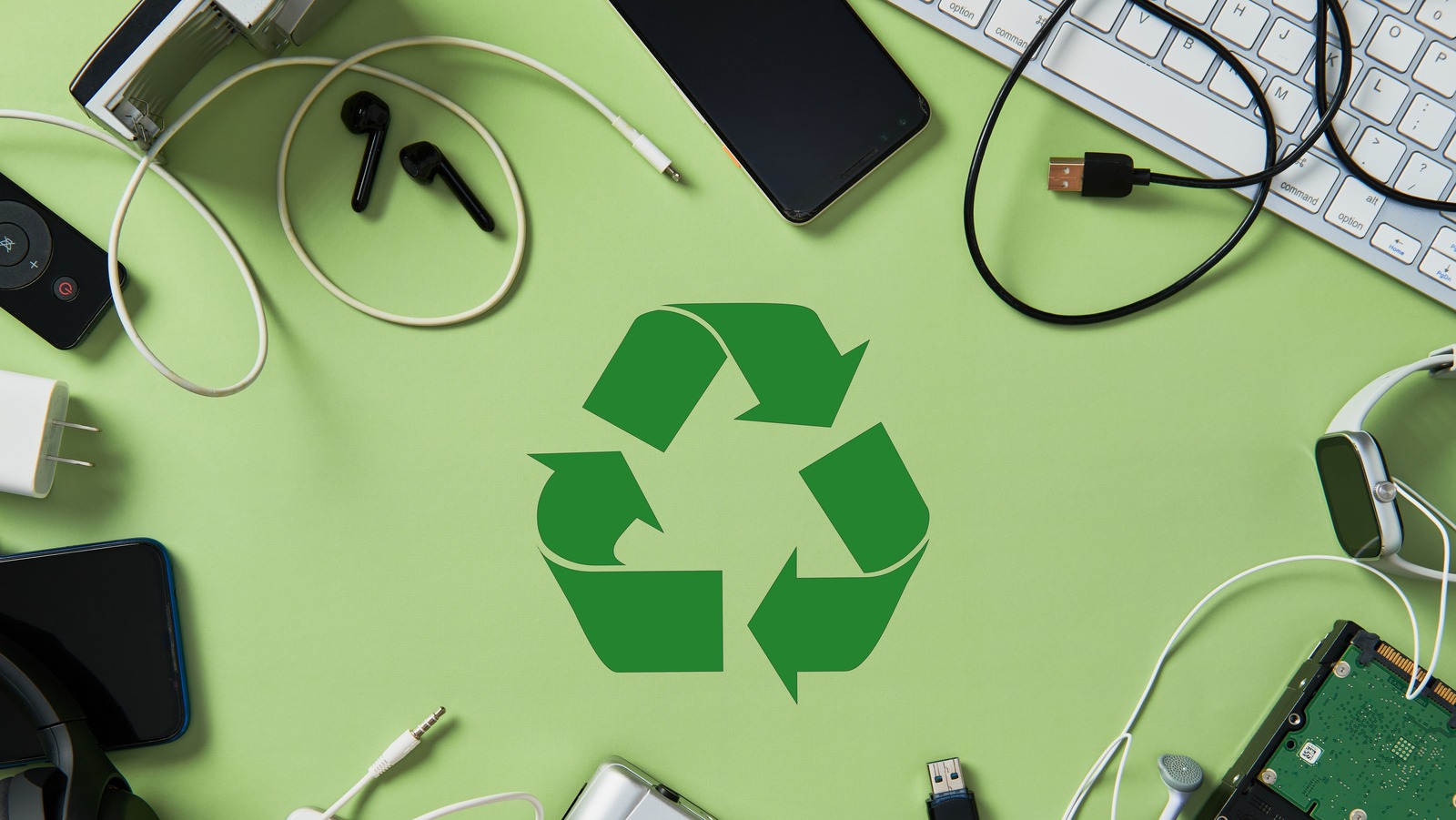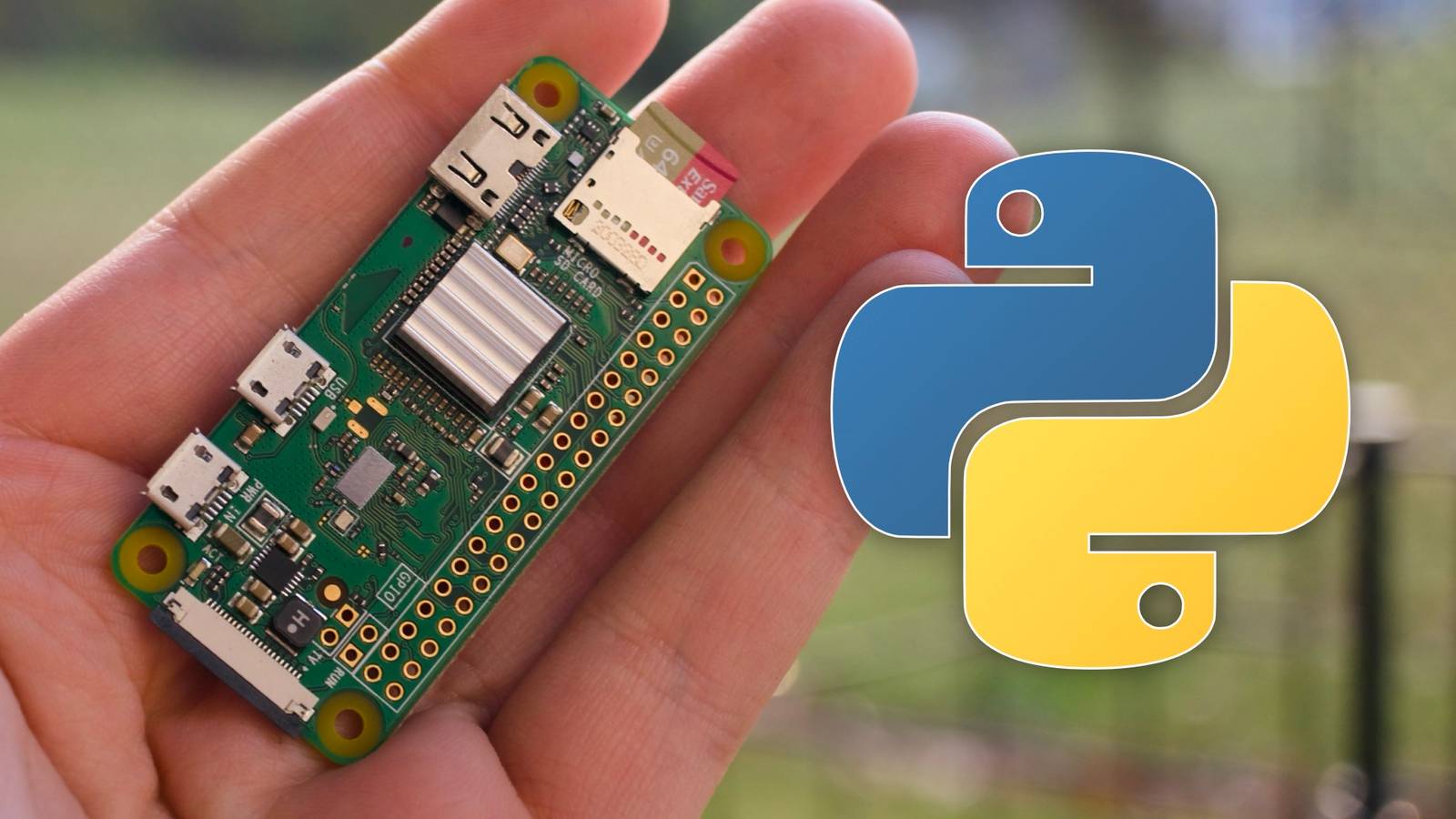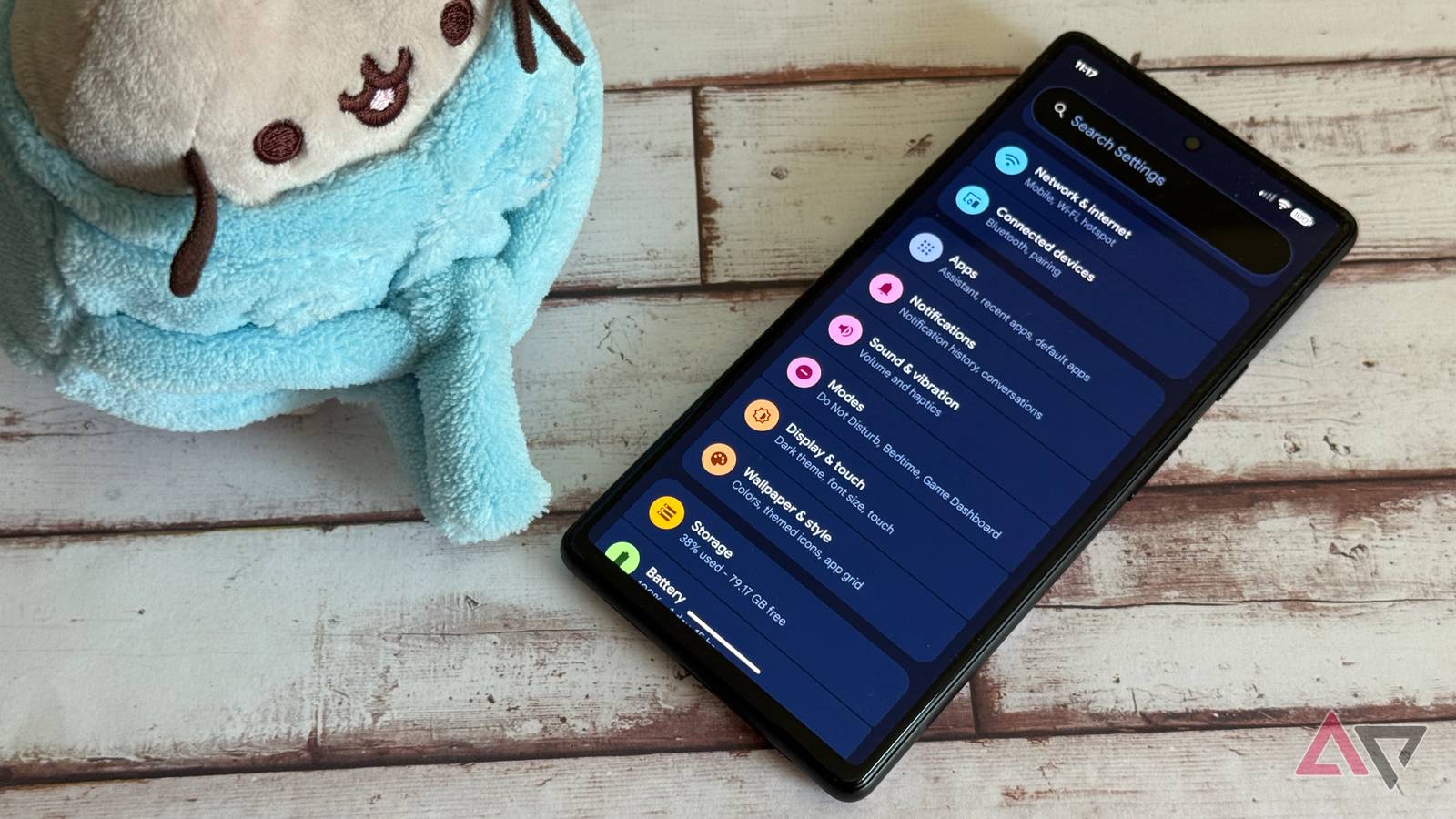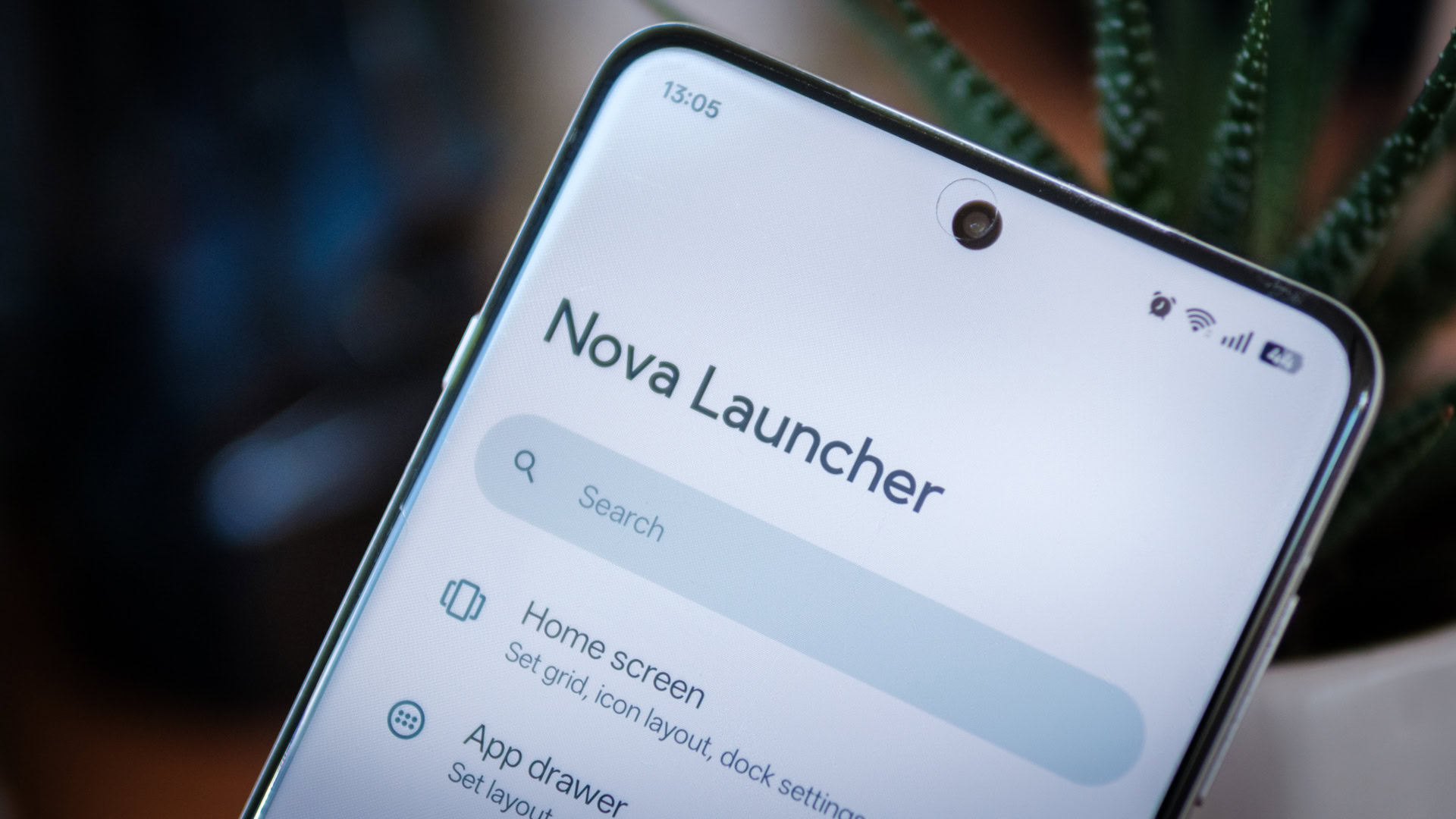We may receive a commission on purchases made from links.
According to the Waste Electrical and Electronic Equipment (WEEE) forum, 5.3 billion phones were thrown away in 2022. If that wasn’t shocking enough, according to the Geneva Environment Network, the global average for properly collected and recycled e-waste sits at just 20%, which means a whopping 80% sits undocumented, much of it in landfills, leeching potentially toxic chemicals into the ground.
Nevertheless, we can reuse our old devices to help decrease the world’s e-waste. It might surprise you, but even Android phones that are several years old are still powerful and have much utility. You can use them for things such as a webcam or security camera, for doing citizen science at home, or as an emergency backup.
Even if none of these options do it for you, or your phone has a cracked screen or non-functional camera, you can still donate it. There are a lot of great charitable organizations that will happily take your old phone.
Work-only phone
Work-life balance is important, and for those who don’t want to mix the two, having separate phones is a great idea. While most workplaces won’t provide you with a phone, even if they do, you may feel compelled to use it as a primary phone.
A challenging part of separating work and life is the fact that so much of both happens on the same device. For example, you might need to work on a spreadsheet, or answer a work email, and in the same breath, respond to a friend’s text or try and arrange a hangout later in the day. Even worse, you could end up waiting to hear back from a friend, only to find your boss calling asking you to come in for an extra shift, or to get something done quickly.
So, with a work-only phone, once you leave work, you can switch it off. Then, you don’t have to worry about answering texts or emails. If anybody complains, well, your phone was off, and it’s your personal time!
Turn it into a security camera
While there are a lot of cheap security cameras you can buy, like the Blink Mini Pan-Tilt or the Arlo Essential Spotlight, they’re not as cheap as a device you already own. Luckily, even older phones have high-quality cameras, so you can absolutely use them instead of buying something else — saving both the environment and the money in your wallet.
It’s also easy to do, even if you aren’t very tech-savvy. The Alfred Camera app can be downloaded from the Google Play Store, and within a few minutes, you can have your old phone up and running as a security camera. Even better, the application is free, although it does come with limitations and ads, which is fine if you don’t plan to use it much. On the other hand, if you need something more long-term, you can buy a subscription for $5.99/month, or $2.49/month if you go yearly, which is relatively cheap.
Home network ad blocker
This option is a bit more complicated and requires some technical know-how and time, but if you’re willing to put that effort in, it’s well worth it to block ads.
Pi-Hole-For-Android works as its own network-level DNS server, intercepting adverts before they can annoy you. In fact, it can also stop internet trackers and malicious domains too, so it’s an excellent privacy tool to utilize if you’re so inclined.
Another big benefit is that it works on devices with Android 5 onwards, so long as the CPU is an ARMv7 or newer. That means any device, whether it’s a phone, tablet, or streaming stick with Android 5 or newer, will work here.
Of course, we should warn you beforehand that running Pi-Hole-For-Android will require you to root or jailbreak your device, which comes with its own risks. While there are some shady apps that can root your Android for you, we suggest doing thorough research before taking that sort of plunge.
Dedicated mobile hotspot
If you’re out of the house a lot and use handheld devices like an iPad Air or a Nintendo Switch, then you know that getting online can be a struggle. Sure, there are some iPads and Android tablets that come with LTE capabilities, but they cost extra, sometimes significantly so. Similarly, while you can use your own phone as a dedicated mobile hotspot, that can easily eat up your battery, as well as slow down any other stuff you’re doing on the internet.
That’s where turning your old Android phone into a dedicated mobile hotspot comes in. Not only do you not have to drain the battery on your main phone, but you can also buy a mobile plan specifically for the old phone. Therefore, you can manage exactly how much or how little internet you want to be using on your peripheral devices, or maybe use an entirely different carrier.
Of course, you don’t just have to use it when you’re outside of the home. If you have Wi-Fi dead spots in your house, you can use your old Android phone to get internet in that area instead of buying a Wi-Fi repeater. Granted, it will eat up your mobile data, which can be more expensive than a DSL quota, but if you’re not going to be using it heavily, it should be fine.
Run a Minecraft server
Everybody and their uncle has either played or seen Minecraft in some form, especially considering the recently released Minecraft movie. In fact, there’s a high chance that you yourself play Minecraft in some form or another, whether it’s on your PC or on your phone. Using your old phone as a dedicated Minecraft gaming device is certainly one option, but using it as a Minecraft server is probably the smarter way to go.
Instead of paying a 3rd-party provider a chunk of money each month so that you can play online with your friends, most older Android devices can easily handle running a Minecraft server. Luckily, you don’t have to root the device if you don’t want to, since you can download and run AnLinux to install a Linux distribution, and then use Termux to access it, both of which are on the Google Play Store.
Once you have them both loaded on your old phone, you can set up a Minecraft server, and then you’re pretty much done.
Universal remote
Everybody knows the frustration of having and losing a remote, especially if you have several TVs and streaming devices to work with. On the bright side, most TVs and streaming devices have apps that you can stick on your old Android phone, turning it into a pretty universal remote for your household.
You also don’t have to worry about losing your remote since most phones have a “Find My Phone” feature when paired with another device, which in this case, would be your main phone. It also makes a lot of sense to use your old phone/new remote as a way to control your other streaming services, such as Netflix or Spotify. If you have a soundbar, the universal remote can directly stream music, in which case, you don’t have to pull out your primary phone.
The sky is the limit; you don’t have to only use it for entertainment, you can also connect it to your smart home ecosystem and use it for central control. Basically, you can run your whole house off of one device, which will always be easy to find.
Webcam
If you’re thinking of starting to stream or have a lot of online meetings where a webcam will be useful, then you may want to consider using your old phone for it. As mentioned earlier, most Android phones, even mid-range older ones, have great forward-facing cameras, often better than modern dedicated budget webcams. So, save yourself a little bit of money and just repurpose your old Android into a webcam.
As for how you run it, there are a few great Android apps you can use. For example, DroidCam is great for those who want to stream since it has OBS integration, meaning you don’t have to figure out weird workarounds to use it. Camo Camera is also quite similar and has its own software that you can use to stream or join meetings. On the other hand, Iriun is more streamlined and just sets your phone up as a standard webcam without any additional software, except some drivers you’ll need to install.
Retro gaming
The App Store recently opened up retro game emulators, but that doesn’t mean that Apple users get to have all the fun. Even older Android devices are powerful enough these days to play really old-school games, and if you grew up in the ’90s or early 2000s, you can experience some of your favorite games again.
There are a lot of emulator apps on the Google Play Store, so you can take your pick, depending on what console you want to emulate. After that, you’ll have to find ROMs for the games you play.
It’s also worth hooking up your phone to a TV, so you don’t have to rely on a smaller screen to game. In fact, you can connect to a controller as well, either a Bluetooth one that works with Android, or potentially some old-school physically connected wired ones, if they have a USB adapter you can find online.
iPod replacement
While there are still some dedicated music devices out there, they can be expensive, hard to find, and can’t compare to an iPod. As such, using an old Android phone to download and listen to your music offline is a lot cheaper and straightforward.
In fact, it doesn’t even take much of a change; just keep all your streaming services on the old Android, as well as transfer any digital media you have saved on your computer to it, and use it only for music. It’s great if you want to go exercise, take a walk, or just disconnect from the world while still being able to listen to your music. And sure, you could just use your current device to do this on airplane mode, but the temptation will always be there to turn Wi-Fi or mobile data back on — and it will save battery life regardless.
Android Auto for your car
While car GPS is very useful, a lot of older cars don’t have a screen or a GPS system that accepts Android Auto. While you can use your primary phone for that, it means that you’re eating up battery, and so why not utilize your old Android phone for that task?
All you really need is some sort of mount, such as this windshield and dashboard mount, or even this air vent mount if your dashboard is too small or in an inconvenient spot. After that, you could grab yourself a car charger for your phone to keep it powered whenever you need it, such as this retractable car charger that has additional ports for your primary phone too.
You don’t necessarily have to download Android Auto, you can always just use your old Android to run Google Maps, or any GPS software that you prefer.
E-Reader
E-readers like the Amazon Kindle are pretty great and allow you to take your library anywhere you want. Not only that, but they don’t eat up a lot of battery, and that’s extra nice when you’re worried about your main phone running out of charge in the middle of the day. That said, not everybody wants to splurge on a dedicated e-reader, especially if you’re just starting out with reading books on a screen.
That’s where turning your old Android phone into an e-reader can come in handy, saving you the cost of buying an e-reader, as well as battery life on your main phone. You can also dedicate most of the device’s storage to your ebooks, or even audiobooks, which is another big benefit for those who struggle with storage. Even better, there are a ton of great e-reader apps on Android, so you don’t have to solely rely on Kindle. Some examples include Librera Reader, which is open source, or if you’re looking for a slightly more premium experience, there’s the Moon+ Reader, although that is best used with a subscription.
Citizen science
You wouldn’t think it, but all that extra power sitting unused in your old Android phone could actually be put toward crowdsourced research investigating diseases, studying climate change, or a whole range of other scientific topics.
One such way to do this is via the Berkeley Open Infrastructure for Network Computing, or BOINC for short, which is an excellent name. Essentially, what BOINC does is allow any user to install the software on their device, where it will run invisibly in the background, donating that processing power to solving scientific problems that need to be brute-forced. You can even specify what project you want to donate your phone’s time to, and there is everything from biomedicine to astronomy.
That said, the app on the Google Play Store is no longer being developed or available, so you’ll have to download it directly from the BOINC website and install it yourself.
Emergency phone
If the battery on your old Android is still going strong, then having it as an extra backup phone might just save your life. If you backpack or hike a lot, it’s great to use your old Android phone as a backup. You can even load it up with various offline maps and apps that you may need to help keep you alive in the wilderness. The added advantage is that you won’t drain the battery on your main phone.
Granted, it would be an extra bit of weight to take around with you, and another device to keep track of, but there’s no doubting the value in having an extra phone with you, especially if you are often out on your own in the middle of nowhere. It’s worth mentioning that, even if you don’t have much use for it as a backup phone for yourself, you could potentially give it to a friend so that they have an extra safety margin.
Baby monitor
If you’ve recently had a baby, or are about to, you’re probably considering buying a baby monitor of some sort. Well, luckily most Android phones — even ones from a few years ago — come with higher-end 1080p cameras with strong refresh rates and good night vision. On top of that, they have good-quality speakers and microphones. As such, it’s relatively simple to convert an old Android phone into a baby monitor. In fact, setup should be relatively easy given how many baby monitor apps exist on the Google Play Store. All you really need is a tripod mount for your phone, and you can get it running in no time.
Another nice benefit of going with an Android phone is that they don’t require constant changing of batteries like some baby monitors do. You can just plug it into the wall and run it indefinitely. Or, since it does have an internal battery, it can run even when the electricity is off.
Donate it
If none of the options above are appealing, then often the best option is to donate it to somebody in need. In fact, there are a lot of excellent reasons to donate an old phone, from keeping toxic materials like lead and arsenic out of the environment, to extending the life of a device that is still usable in other ways. Phones can also be a lifeline for things like work, accessing records, self-help, and more, which is why even having an older phone can be better than not having anything at all.
So where do you donate? Well, there are a lot of great organizations that are worth considering, such as Medic, Call to Safety, and Secure the Call, all of which accept donations that go towards helping the vulnerable. That said, you don’t have to just rely on these three. You should absolutely go online and search for organizations that accept phone donations, to find the one that works for you.










